
Headless CMS scales and improves WPWhiteBoard’s content distribution, flexibility, and personalization
Adeeb Malik
At times, the audience that consumes your content can be from various languages, geographies, and cultures. In such scenarios, how can you make it relevant to everyone while not necessarily restructuring the whole thing? Well, localization.
For example, if you are conducting a marketing campaign, you want it to be natural for an individual in Germany, Japan, or Brazil. That's what localization makes possible.
Contentful provides built-in tools to manage multilingual content through its locale system and structured content approach. Instead of creating duplicate content for each language, you can maintain a single source of truth while adapting specific elements like text, images, and metadata for different regions.
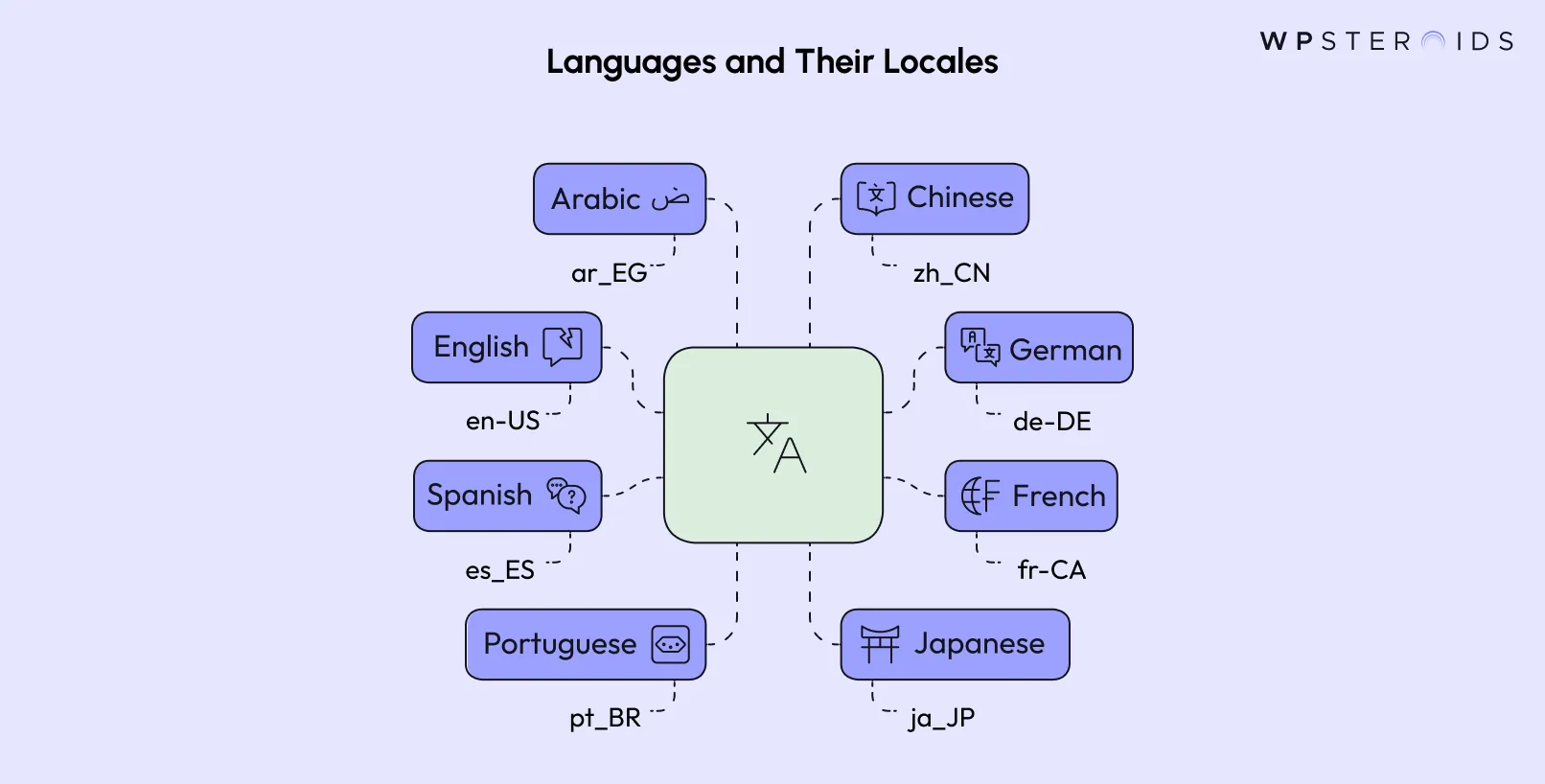
In Contentful CMS, you can easily manage content in multiple languages. I’ll guide you through a step-by-step process to set it up:
But first, what are locales? Well, basically locales are combinations of languages and regions, like English for the United States (en-US) or French for Canada (fr-CA).
Each of these locales is identified using the ISO code which is nothing but a standard defining code for the names of countries, dependent territories, and special areas of geographical interest.
Contentful CMS supports:
Step-by-Step Locale Configuration:
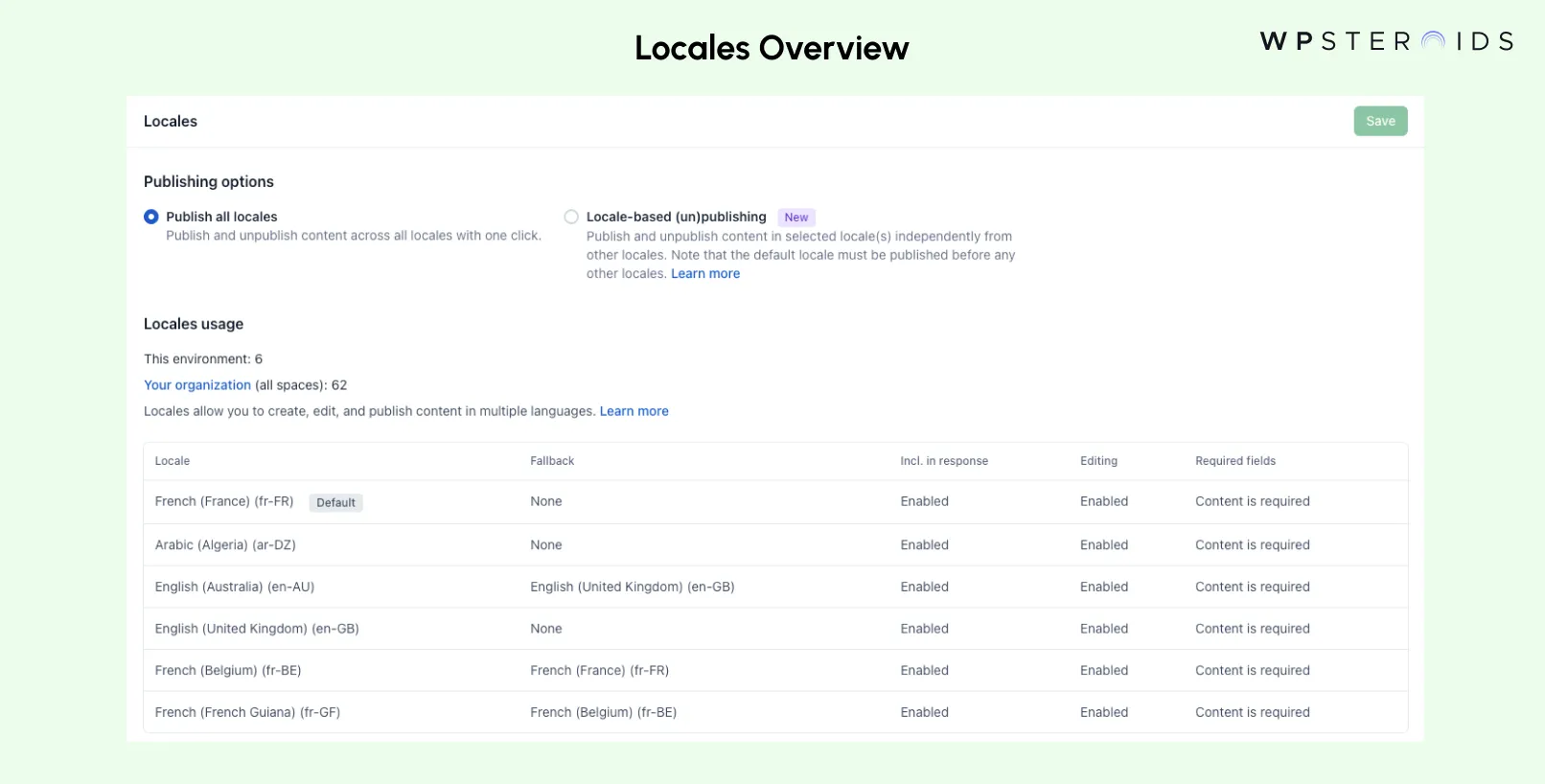
Before you begin with the translating, you need to set up your content so it can handle multiple languages.
This means you need to create content types that support localization. For example, if you have a blog post, you’ll need fields for the title and body in each language.
Also, if you want to translate some specific fields and keep the other the same across all languages or regions you need to enable localization for specific fields.
Now that the basic requirements of your content preparation are met, you can move on to the translating process.
In Contentful CMS, you can add translations manually or use tools to automate the process. You can also control who can edit translations by setting up roles and permissions.
However, just in case, make sure that you have set up fallback options so that Contentful can show your content in another language if a translation is missing.
When your localized content is available for publication, Contentful's APIs deliver flexible ways to fetch the best version for each user.
You can even fetch content in an exact locale, like German Austrian (de-AT), to ensure users see content exactly fitting their language and regional preferences.
In addition, Contentful provides the ability to fetch all versions of one item of content at once, which is especially useful when you want to show several language copies on one page or present in-depth multilingual data in one view.
API-Based Localization Methods:
curl -X GET "https://cdn.contentful.com/spaces/<SPACE_ID>/entries/<ENTRY_ID>?locale=de-AT"
curl -X GET "https://cdn.contentful.com/spaces/<SPACE_ID>/entries/<ENTRY_ID>?locale=*"
Contentful offers two primary publishing modes for localized content:
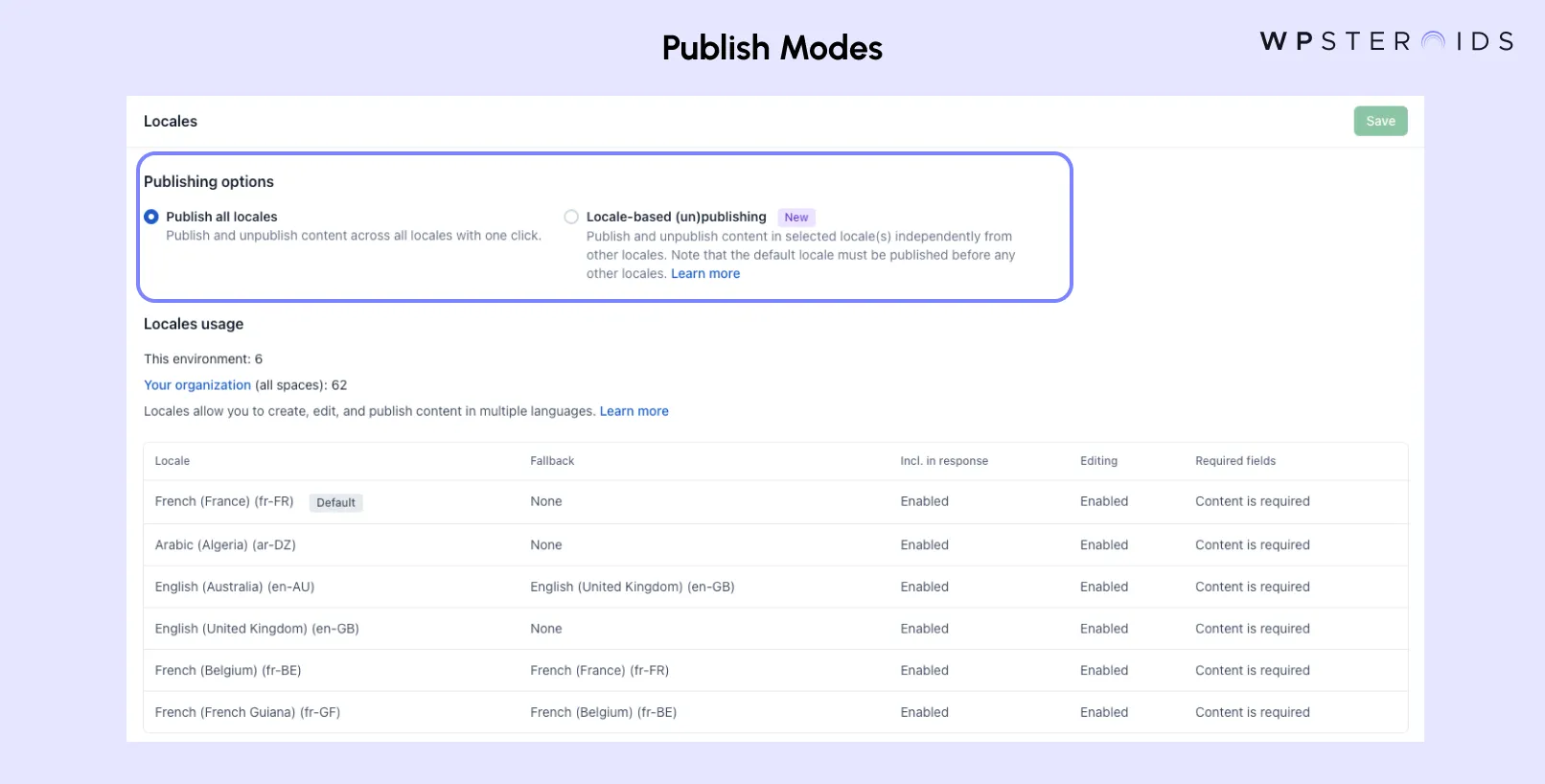
These publishing modes are defined at the environment level, giving you flexibility in how you manage your localized content.
When it comes to managing content in multiple languages, Contentful offers several strategies to fit different needs. Each approach has its own benefits and is suited for specific scenarios. Let’s break them down in simple terms.
Field-level localization is ideal for situations where you need to publish content in multiple languages at the same time. In this approach, each field in your content entry is duplicated for every language you support.
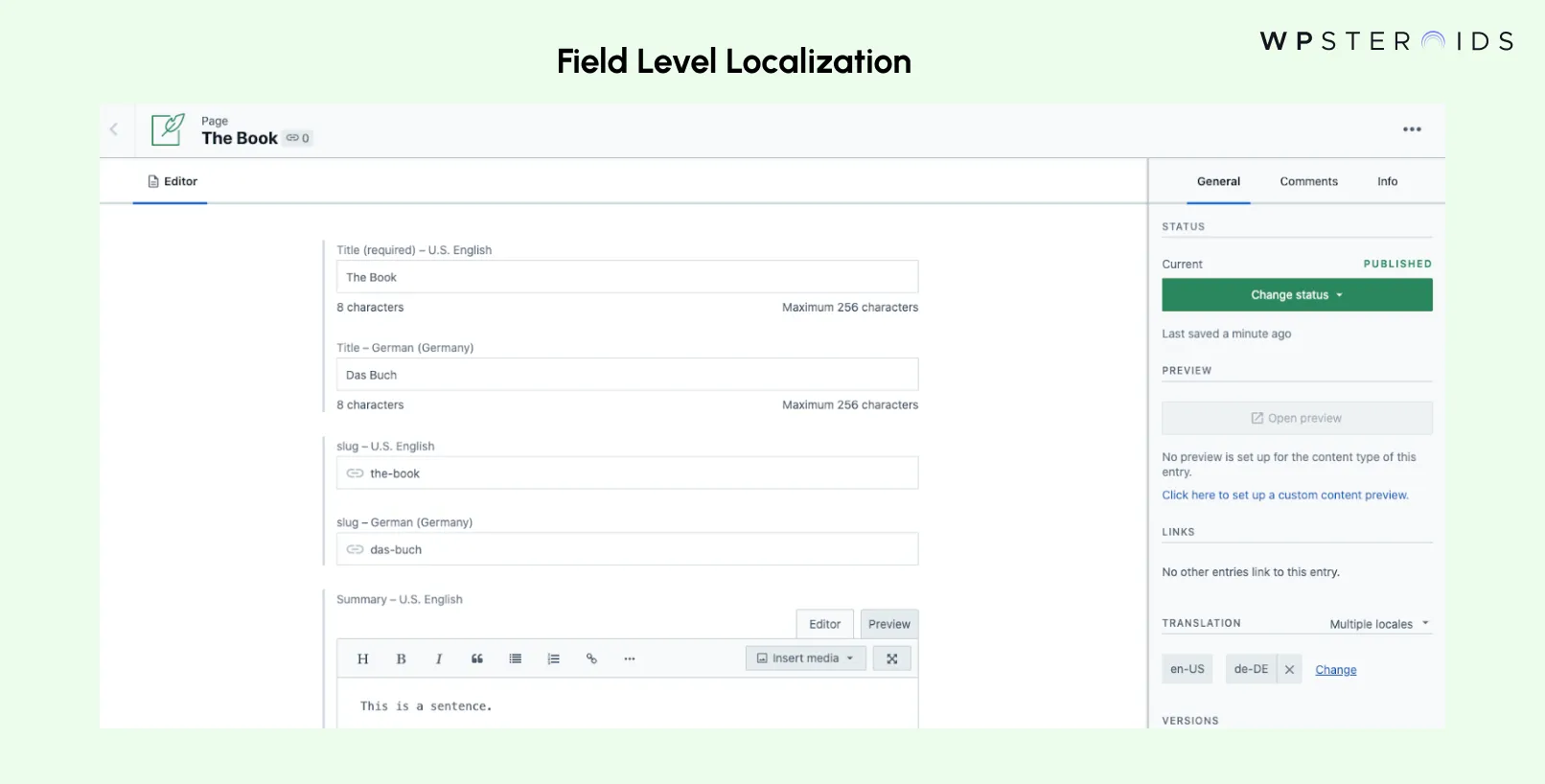
Entry-level localization takes a different approach by using a container structure. Instead of duplicating fields within a single entry, you create separate entries for each language. Here’s how it works:
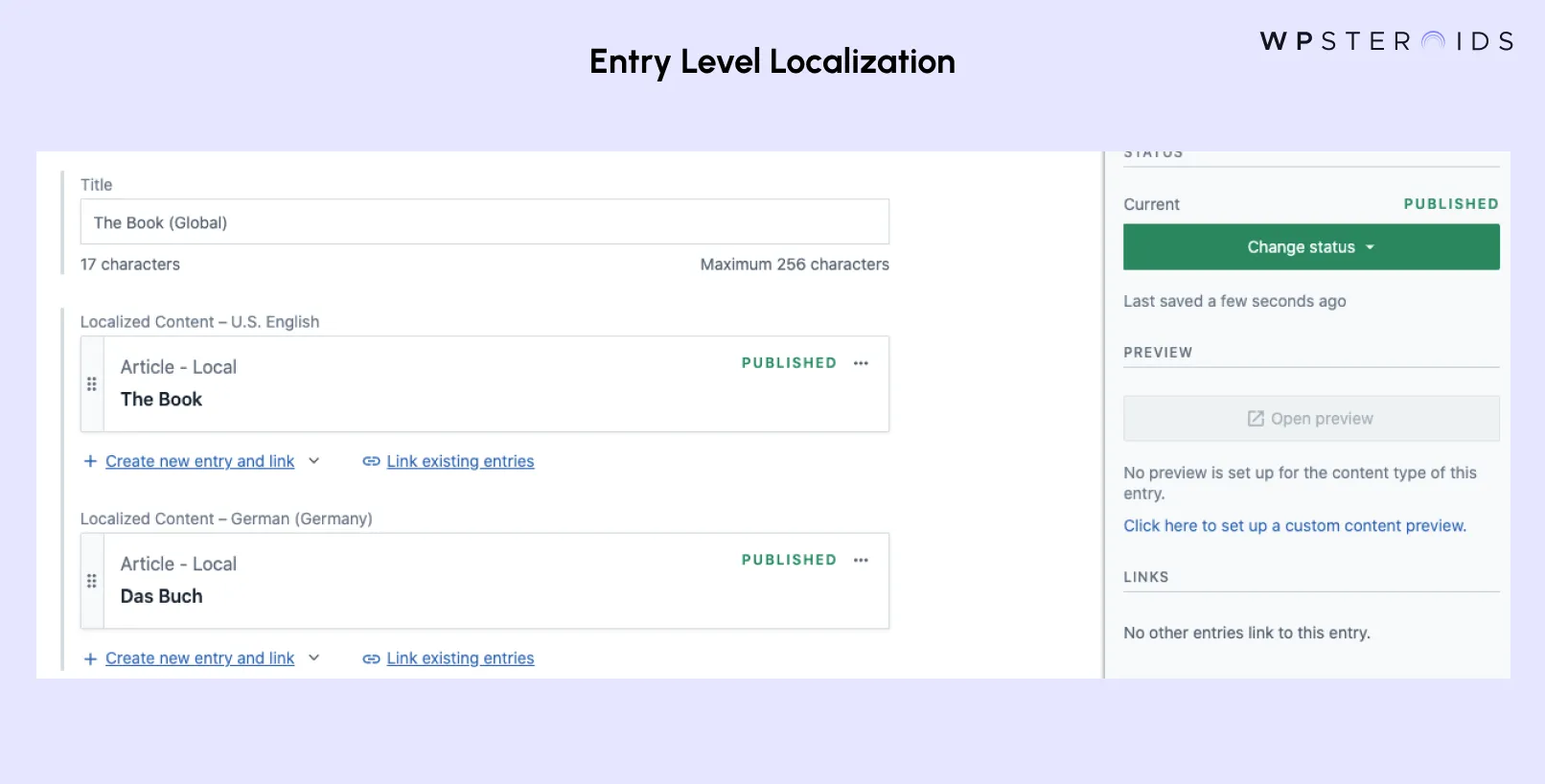
In this approach, you create separate copies of your content types for each language, all within the same space.
Space-level localization takes separation to the next level by creating entirely separate spaces for each language.
Once you’ve got the basics down, there are more things you can do to make your Contentful localization even better:
By default, Contentful reverts to a default fallback locale when encountering missing localized content, but you can define custom fallback logic to better accommodate your audience's language preferences.
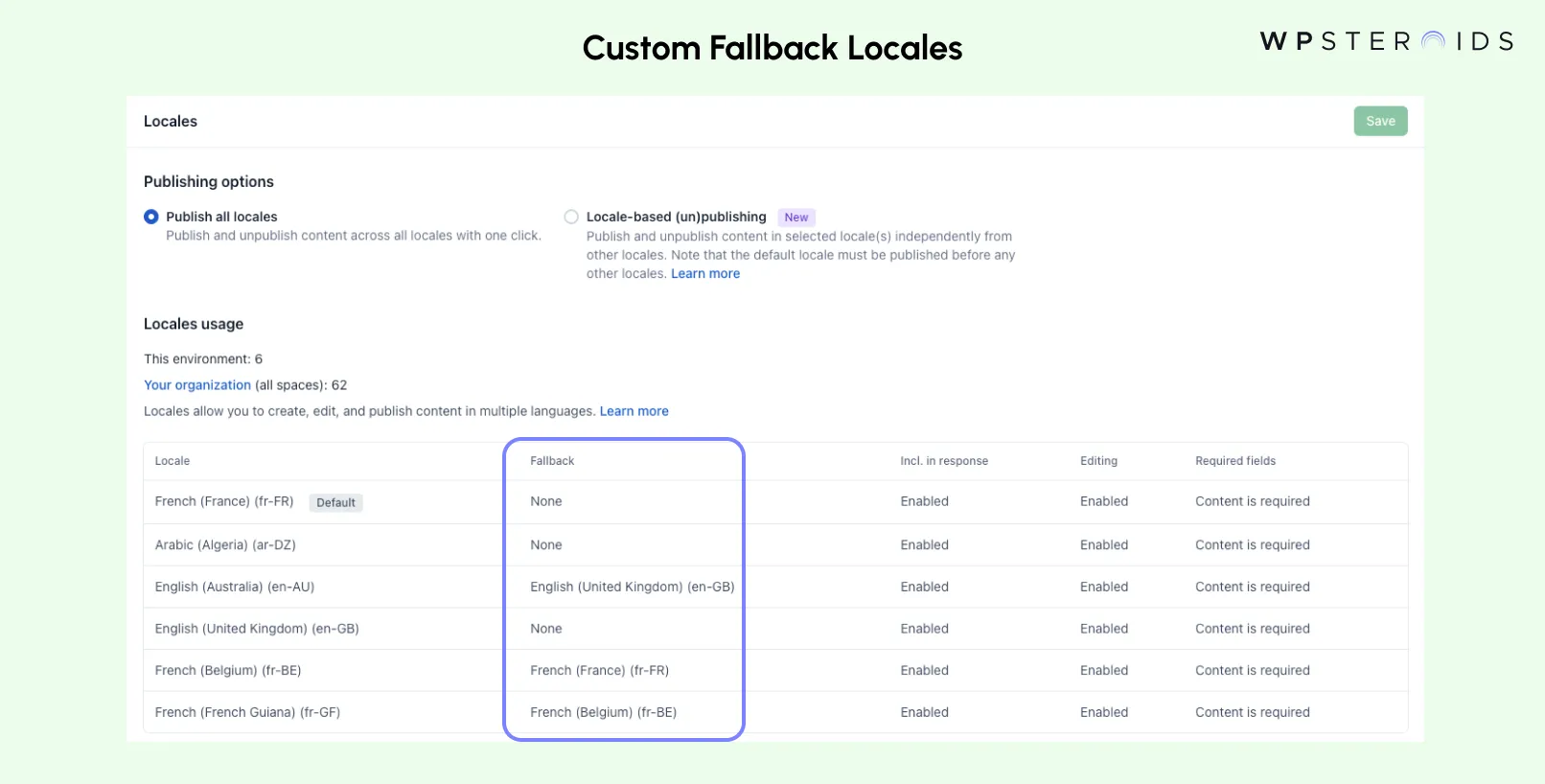
The biggest challenge editorial teams face is managing missing translations across different languages in a scalable way, which Contentful addresses through specific behaviors in both the Content Management API and web app.
The Sync API in Contentful always includes all localized versions of content in its response, regardless of locale settings.
It follows the same structure as when using the wildcard locale parameter in regular API calls. The Sync API ensures consistency by maintaining all localized content during synchronization operations.
Even when a specific locale is requested in the API call, the Sync API will still return all localized content, making it a reliable tool for comprehensive content synchronization.
Successful localization with Contentful requires careful planning and understanding of the available tools and strategies. Whether you're managing content in a few languages or dozens, Contentful provides the flexibility and control needed for effective content localization.
Contentful's approach to localization is robust and user-friendly, and similar powerful internationalization features can be found in other leading headless platforms like Strapi, giving global teams multiple strong options for managing content.
Localization is not just about translation - it's about creating appropriate content for each target market while maintaining efficient workflows and content governance.
